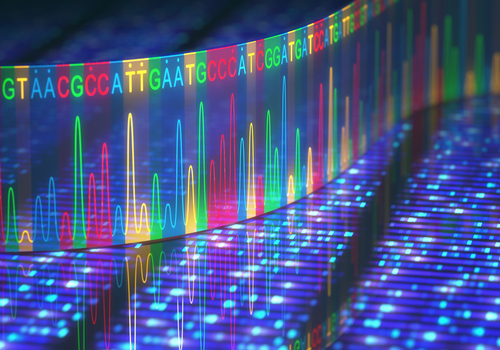Analysis of Proteins in Urine Identifies Potential Disease Biomarkers
Written by |

A urine analysis, called a urine proteome, found higher expression of specific proteins in people with different subtypes of Batten disease, a study reports.
These proteins may be useful as easily accessible biomarkers of disease progression and response to treatment, its researchers wrote. They might also be potential therapeutic targets.
The study, “Urine proteomics analysis of patients with neuronal ceroid lipofuscinoses,” was published in the journal iScience.
Batten disease, also called neuronal ceroid lipofuscinosis (NCL), is a group of genetic disorders characterized by seizures and progressive loss of visual, motor, and cognitive abilities.
The disease is caused by mutations in genes affecting the function of lysosomes, structures that break down and dispose of cell waste, resulting in the toxic accumulation of certain molecules within tissues.
Late infantile Batten disease, or CLN2, results from a mutation in the TPP1 gene that causes deficiency or dysfunction of the lysosomal protein TPP1.
The only approved treatment for any Batten form is the TPP1 replacement therapy Brineura (cerliponase alfa), which treats CLN2 disease. New and more biomarkers are needed to help in therapy development.
Proteomic analysis allows for the detection of variations in the levels of different proteins in individuals affected by a disease, relative to healthy individuals. Researchers at University College London used proteome analysis of urine samples from CLN2 patients, as well as animal models of CLN5 and CLN6 disease, to identify and validate candidate biomarkers for these three disease forms.
Researchers then investigated the identified proteins in patients with CLN2, CLN5, and CLN6 disease, along with biomarkers identified in previous studies to validate results.
In comparison to four healthy and age-matched controls, urine samples from two CLN2 patients showed a two-fold or more increase in 61 proteins, and a two times or greater reduction in 11 proteins.
Urine from three CLN5 sheep and 13 CLN6 sheep also showed pronounced differences in protein expression profiles, compared with healthy sheep.
In the CLN2 patient samples, a total of nine candidate biomarkers were identified, including five lysosomal proteins. In CLN5 and CLN6 sheep, four potential biomarkers were identified for both CLN5 and CLN6, and another one for CLN6 only.
Targeted proteomic analysis was then used to confirm the observed differences in candidate protein expression in a separate group of nine CLN2 patients and 13 healthy controls. Proteins identified in CLN5 and CLN6 sheep were analyzed in comparison to urine samples from two patients with CLN5, and two with CLN6.
Three candidate proteins — BHMT1, LAMP1, and TPP1 — were significantly altered in the CLN2 patients. TPP1, which is deficient in CLN2, was lower in patient samples, as was expected. The average expression of the two other proteins, BHMT1 and LAMP1, was 17.8 and 3.4 times higher, respectively.
The observed changes in TPP1 and BHMT1 were specific to CLN2, making BHMT1 a new potential biomarker for CLN2.
Of the five protein candidates identified in CLN5 and CLN6 sheep models, two were not detectable in human urine samples. The other three showed no difference in expression in this comparison.
A broader analysis of new and previously identified candidate biomarkers included patients with CLN1, CLN3, and CLN7. Clusters of patients were identified based on their protein expression profiles. Three candidates — LAMP1, PAM, and GOT1 — were most significantly altered between patients and healthy controls. TPP1 was also reduced in all Batten subtypes compared to controls.
In CLN2 patients specifically, BHMT1 expression was six times higher, and TPP1 was up to nine times lower compared with other Batten subtypes.
Compared with controls, average expression of the lysosomal proteins LAMP1 and HEXA was three times higher, and GOT1 expression six times higher, across all types of Batten disease.
“[W]e have employed a two-phase proteomic discovery and validation strategy to identify and confirm urinary proteins altered in patients with NCL,” the researchers wrote, adding that “it would be possible to include these proteins when monitoring the effect of future novel systemic treatments.”
This study has some limitations, the researchers added, namely the small number of patients included and the use of animal models for proteomic discovery that could not be validated in humans.




